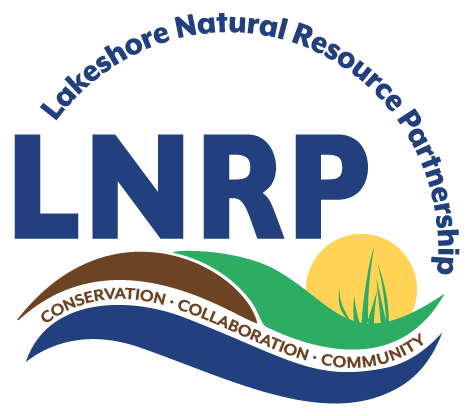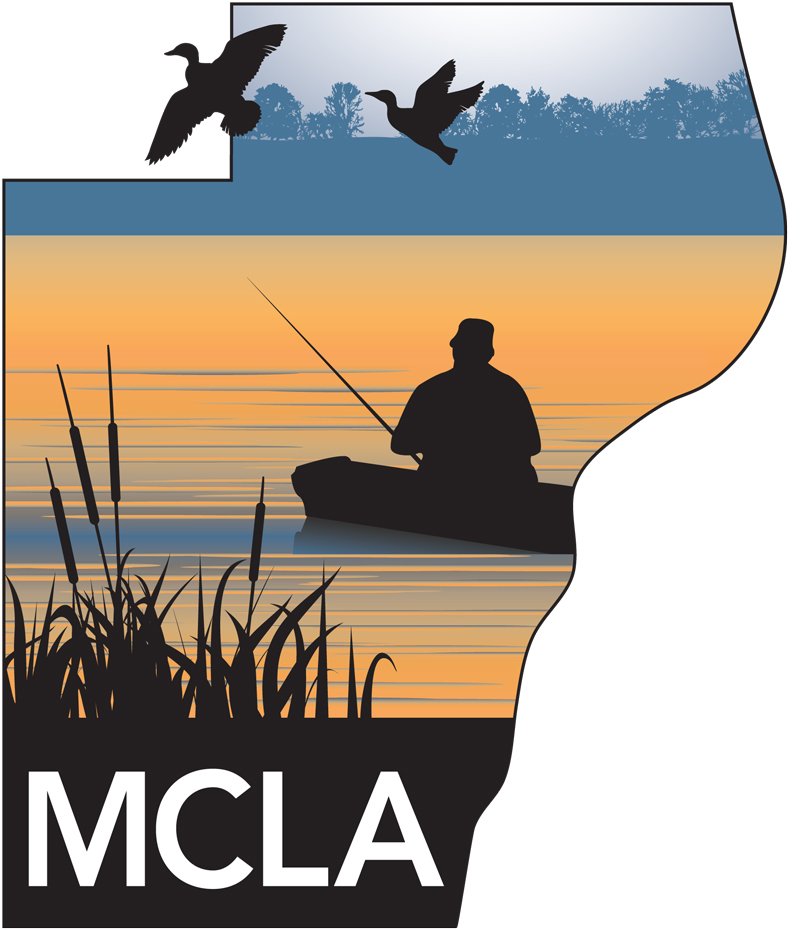Project Update — Carstens Lake Water Quality Improvement Project
Overview of Sedimentation and Treatment Basin with Sorption Technology
The Lakeshore Natural Resource Partnership (LNRP), Stantec, and the University of Wisconsin – Stevens Point (UWSP) are collaborating to improve water quality in Carstens Lake and Lake Michigan. A study identified high phosphorus levels in Carstens Lake, leading to the construction of an offline sedimentation basin and the use of UWSP's sorption technology to reduce contamination. The project aims to protect the lakes, create wildlife habitat, and diversify land use. Construction is set to begin in fall 2023 with two years of monitoring. LNRP also plans to enhance a degraded wetland area for additional water quality benefits and habitat value.
Lakeshore Natural Resource Partnership (LNRP) and partners at Stantec and the University of Wisconsin – Stevens Point (UWSP) are working on a design for water quality treatment along Pine Creek, a direct tributary to Carstens Lake. The project was initiated as a result of a three-year study, conducted by the Manitowoc County Lakes Association (MCLA) between 2012-2014, which identified high levels of phosphorus in Carstens Lake. At the time of this study, the amount of total phosphorus was >40 ppb (compared to the DNR target of 20 ppb) and has since increased to 97 ppb. The 2018 Carstens Lake Comprehensive Management Plan recommends offline structures adjacent to Pine Creek for water quality treatment to mitigate phosphorus loading in Carstens Lake, and was the catalyst for this project.
The goal of LNRP and partners is to improve water quality in Carstens Lake and Lake Michigan, create wildlife habitat, and increase diversity of land use within the predominantly agricultural landscape. The project will also highlight research conducted by UWSP, which is exploring the potential for beneficial reuse of slag material as a sorption media for phosphorus reduction. If successful, similar technology can be applied to local near-shore Lake Michigan watersheds.
The offline sedimentation basin, to be constructed later this year, will decrease high stream flows and allow particulate solids and nutrients to settle in the basin, protecting Carstens Lake and ultimately Lake Michigan from runoff contaminants. In addition, a secondary treatment will be provided by implementing UWSP’s sorption technology in the outlet berm. This will capture reactive phosphorus prior to discharge into Pine Creek, increasing the amount of pollution removed from the stream. The sorption technology, developed by Professor Kyle Herrman, uses steel furnace slag to remove dissolved phosphorus from the water stream. The UWSP lab team tested the slag throughout 2022 to ensure the technology is suitable for use in the field, and are currently in the final stage of review. So far, ecotoxicity testing results have been favorable, and UWSP is waiting on the final conditional approval from the Wisconsin Department of Natural Resources (WDNR).
With grant funding from the Fund for Lake Michigan, LNRP and Stantec are hoping to begin construction in Fall 2023. UWSP staff and UWGB-Manitowoc Campus student interns will be responsible for maintenance and monitoring throughout the course of the first two growing seasons at Carstens Lake (expected to be 2024 and 2025) as well as collection of baseline data in 2023. During these first two years, UWSP will install automated sampling equipment to capture both high flows during storm events and subsequent sampling after each storm. Dr. Herrman’s lab at UWSP will supply equipment and water chemistry analysis, making it possible to monitor the levels of phosphorus and suspended solids in Pine Creek. UWSP will also support staff time for graduate students to monitor and evaluate samples. Additional funding for supporting the two-year pilot program was provided by MCLA and LNRP’s Stewardship Investment Fund.
This project is only one step in a broader restoration process. There is a degraded wetland area located east of Pine Creek that will be enhanced for additional water quality benefit and habitat value. LNRP proposes to remove invasive reed canary grass, excavate two shallow wetland scrapes, and install a native pollinator-friendly seed mix to the wetland area. The wetland scrapes will provide additional flood storage and nutrient capture along Pine Creek, adding to the water quality improvement created by the construction of the offline sediment basin.
Related Links (Spring 2023 Newsletter):
Springtime Synonyms… Message from the Executive Director
Partner Update — Friends of the Manitowoc River Watershed
Meet the New Director of Projects Amy Lentz
Project Update — Coastal Resilience Community Impact Project
Project Update — Carstens Lake Water Quality Improvement Project
Project Update — LNRP and Stantec Work Together on Three Projects in the Lakeshore Basin
Partner Update — Friends of North Point: Winter Speaker Series





